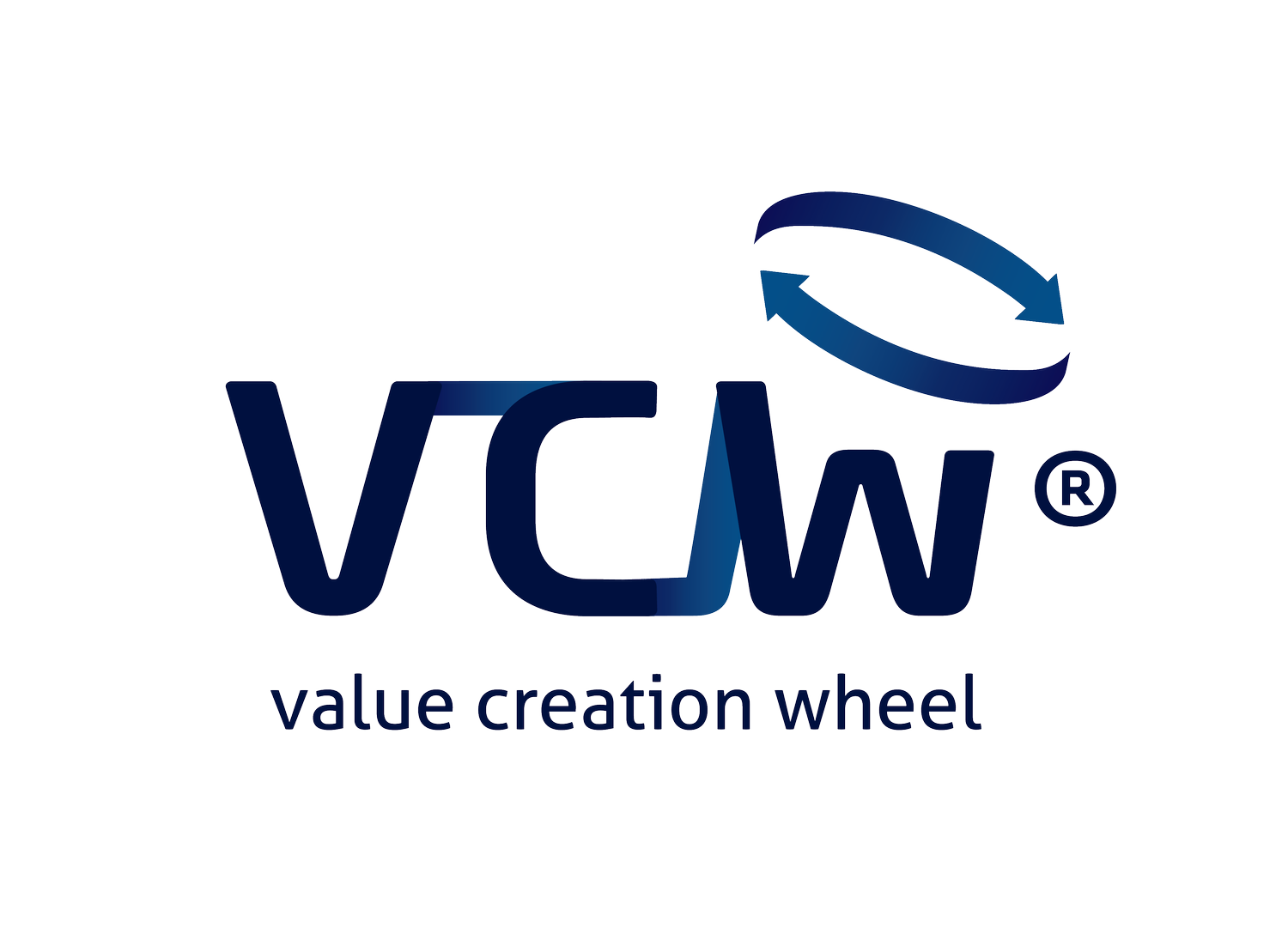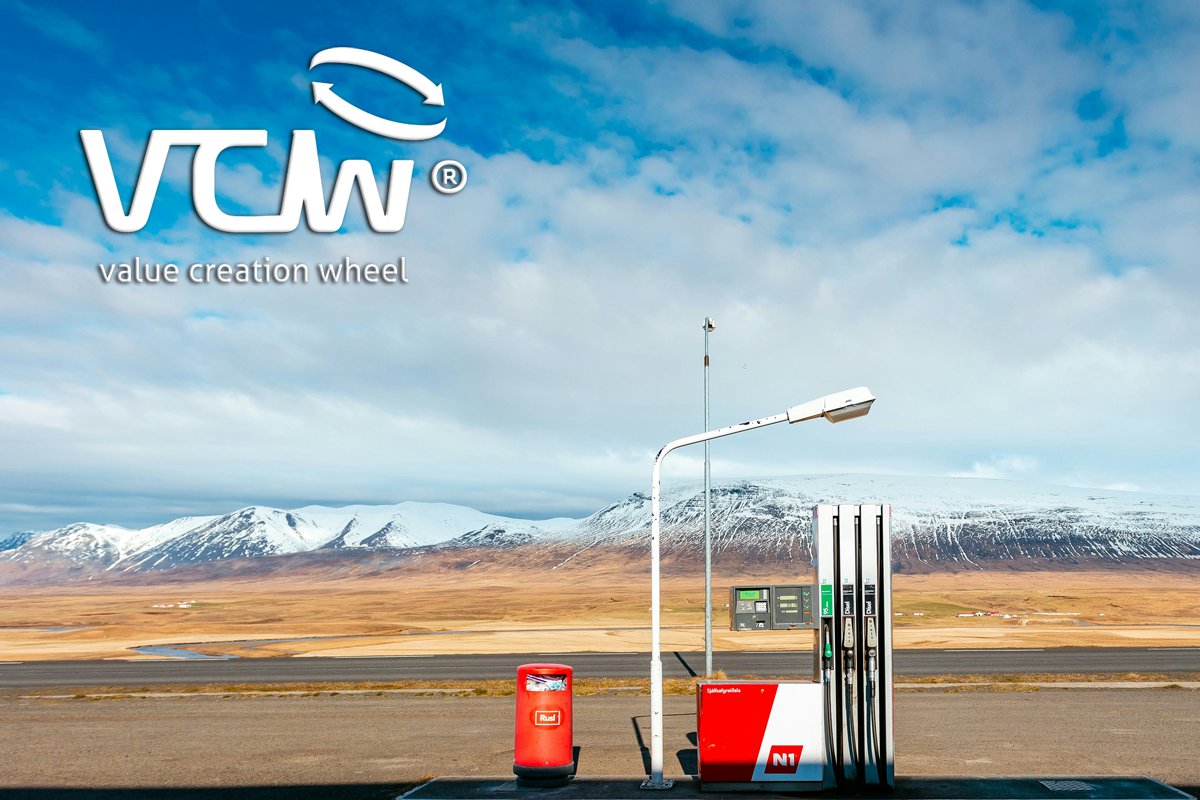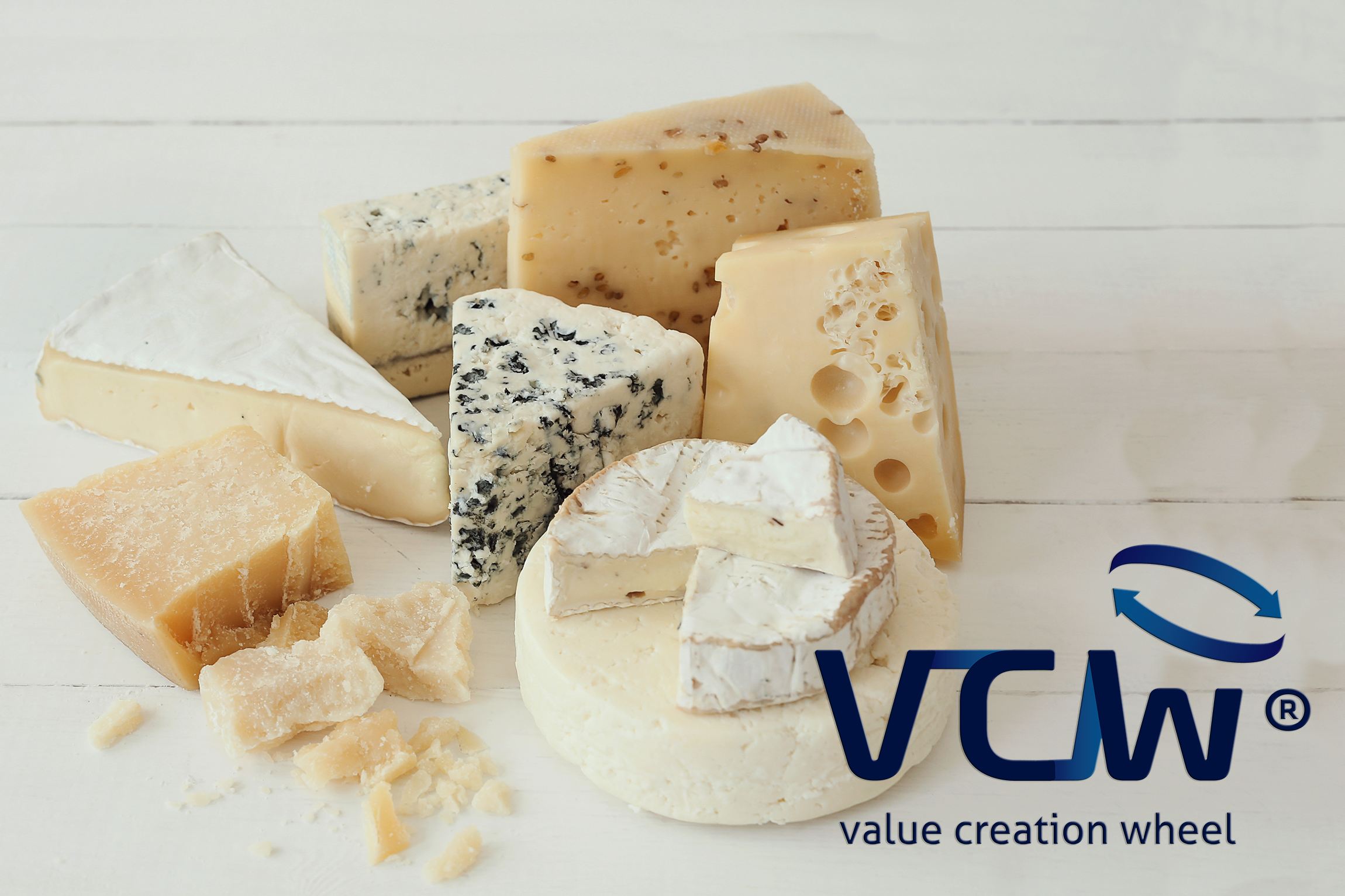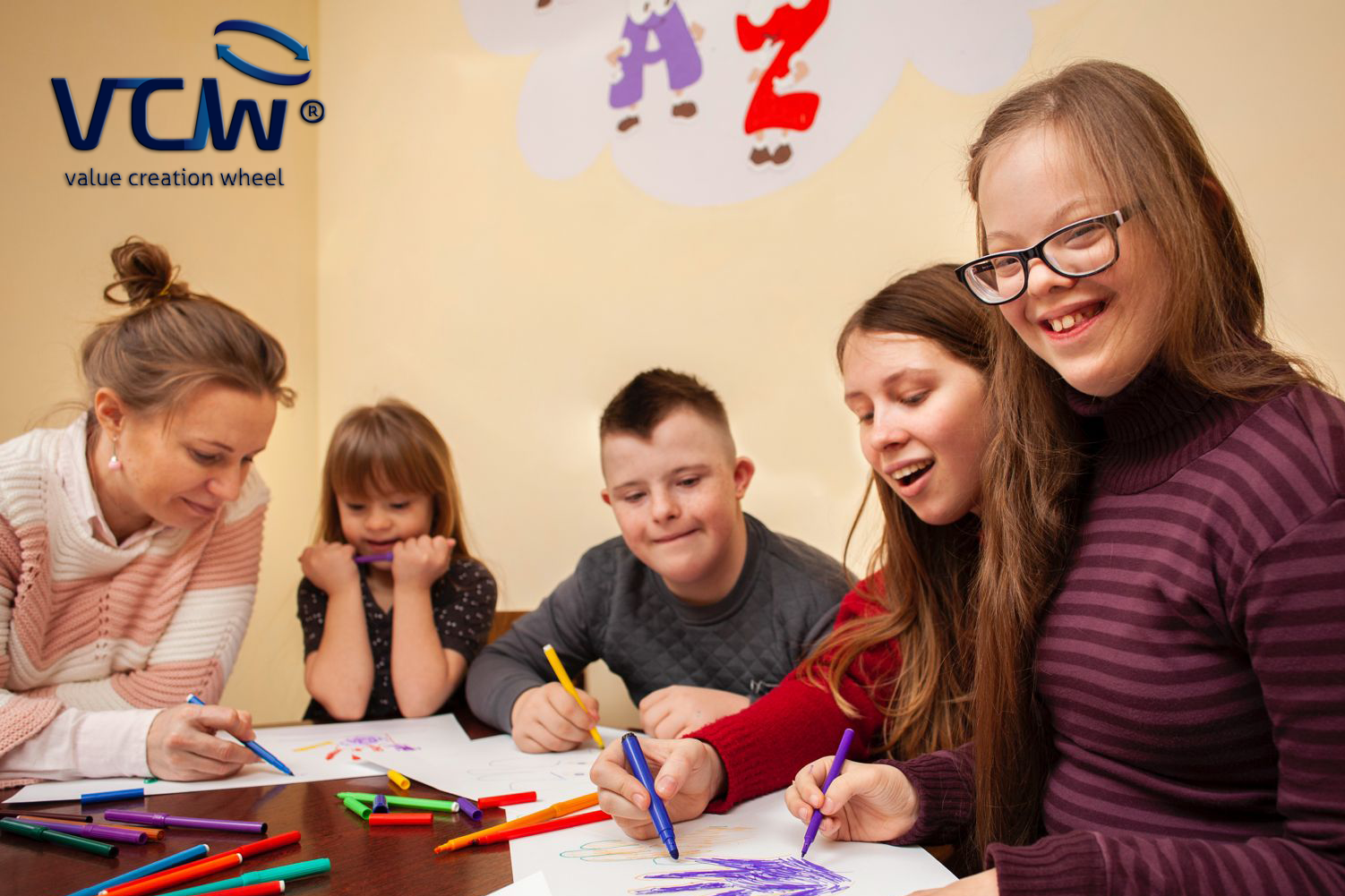
Business Areas
Real-life applications of the Value Creation Wheel (VCW) span various industries and sectors, demonstrating its versatility and effectiveness in addressing complex business challenges. Below are several use cases showcasing how organizations have leveraged the VCW framework to drive innovation, enhance operations, and achieve sustainable growth. From technology firms seeking market expansion to sports clubs aiming to boost fan engagement, these examples highlight the practical implementation of VCW principles across diverse contexts.
AGRICULTURE
ART, SPORTS AND CULTURE
AUTOMOBILE AND MOBILITY
CONSULTING
ENERGY
FOOD & GOURMET PRODUCTS
EDUCATION
UNIVERSITIES
FINANCE
FORESTRY
HEALTHCARE & SELF-CARE
PRIMARY SCHOOLS & KINDERGARTEN
LEADERSHIP
MEDIA
NGOS & SOCIAL IMPACT
REAL ESTATE, GREEN BUILDING & LANDSCAPING
RETAIL
SPACE BUSINESS & EARTH OBSERVATION
TECHNOLOGY



































































